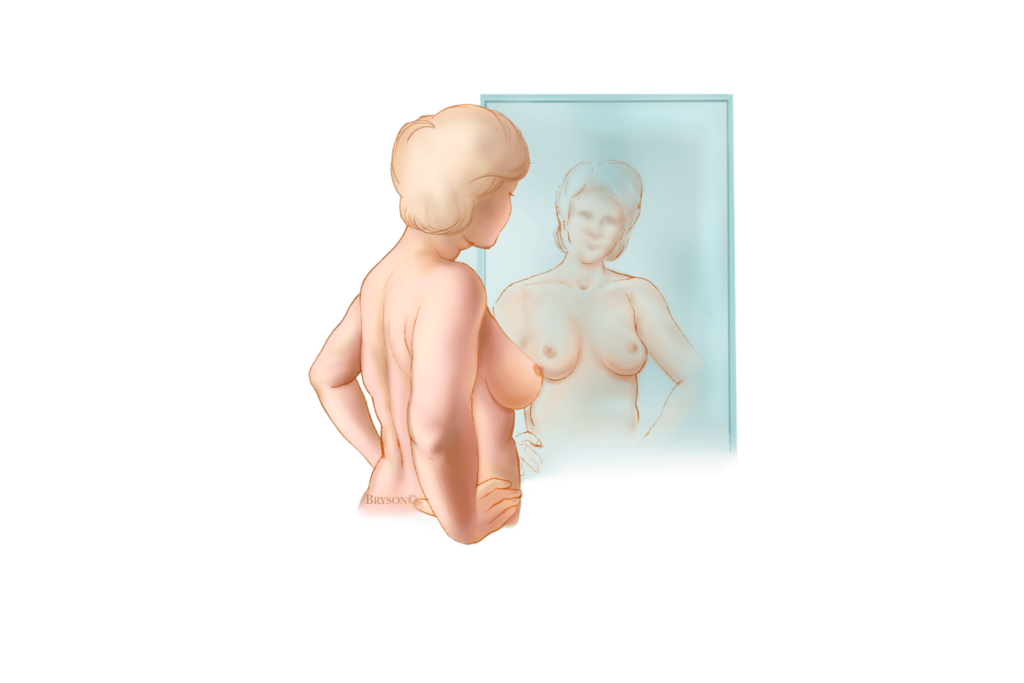Breast Cancer is the deadliest cancer in women and its commonest symptom is a lump in the breast. So, naturally, many women become concerned when they feel a breast lump. However, most breast lumps are not due to cancer. There are many less dangerous causes of lumps. We’ll look at them together and then discuss what you should do if you ever find a lump in your breast.

Causes of Breast Lumps
- Lipoma: This is a growth composed of an abnormal collection of fat cells. It can occur in any age group and is usually harmless. The lump in lipoma is usually soft when felt.
- Fibroadenoma: This lump is due to an abnormal collection of fibrous tissue in the breast ducts. It is mostly found in young women. The lump seems mobile when felt. Fibroadenomas are usually harmless.
- Cysts: These are fluid-filled sacs in the breast. They may or may not be painful. They are mostly harmless and soft to touch.
- Fibrocystic changes: These lumps occur due to hormonal changes in the menstrual cycle. They are harmless but may be painful.
- Breast trauma: Damage to the fat tissue of the breast from a blow or an injury may result in an interaction with calcium, leading to breast lumps in a process called fat necrosis. This is harmless and often resolves in the long run provided the initial injury to the breast was not excessively drastic.
- Mastitis/Breast abscess: This is due to infection or inflammation of the breast. The affected breast is often warm, red and painful. You may even have a concurrent fever. You should seek treatment quickly for this condition so the infection does not spread to your whole body.
Do These if You Find a Breast Lump
- Stay Calm: Most breast lumps are non-cancerous.
- Self-Examine: Check for changes in size, shape, or texture, and note any pain or nipple discharge.
- Monitor: Track the lump over a few weeks, especially if it changes with your menstrual cycle.
- Consult a Doctor: If the lump persists, grows, or feels unusual, schedule a medical appointment.
- Follow Up: Your doctor may recommend imaging (mammogram/ultrasound) or a biopsy to rule out cancer or other issues.
In summary, do examine your breasts regularly. But if you find a lump, keep calm. More likely than not, it’s not cancer. But follow the other steps stated here based on the signs you notice in the lump.
Want to learn how to perform a self-breast examination? Follow this link!









